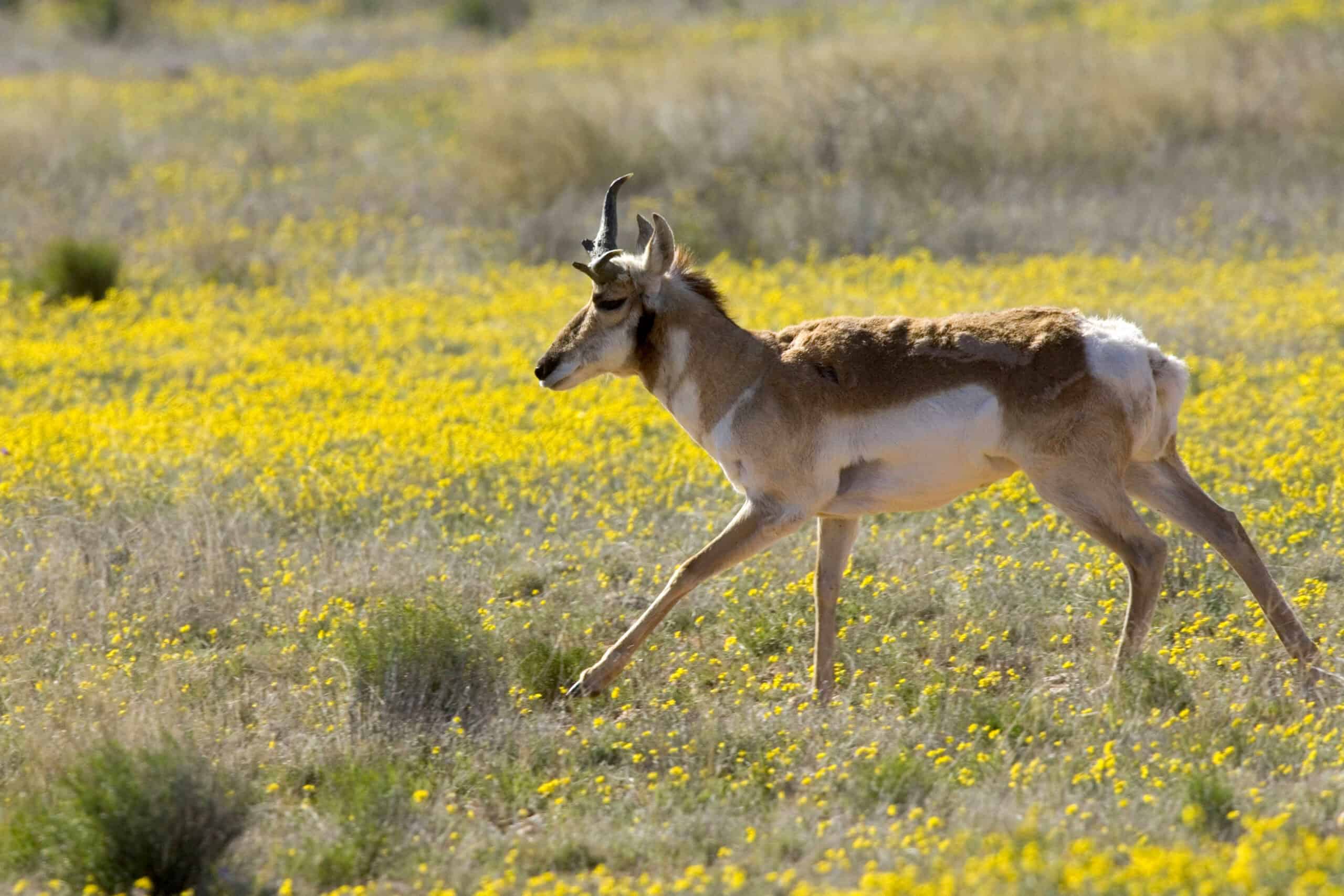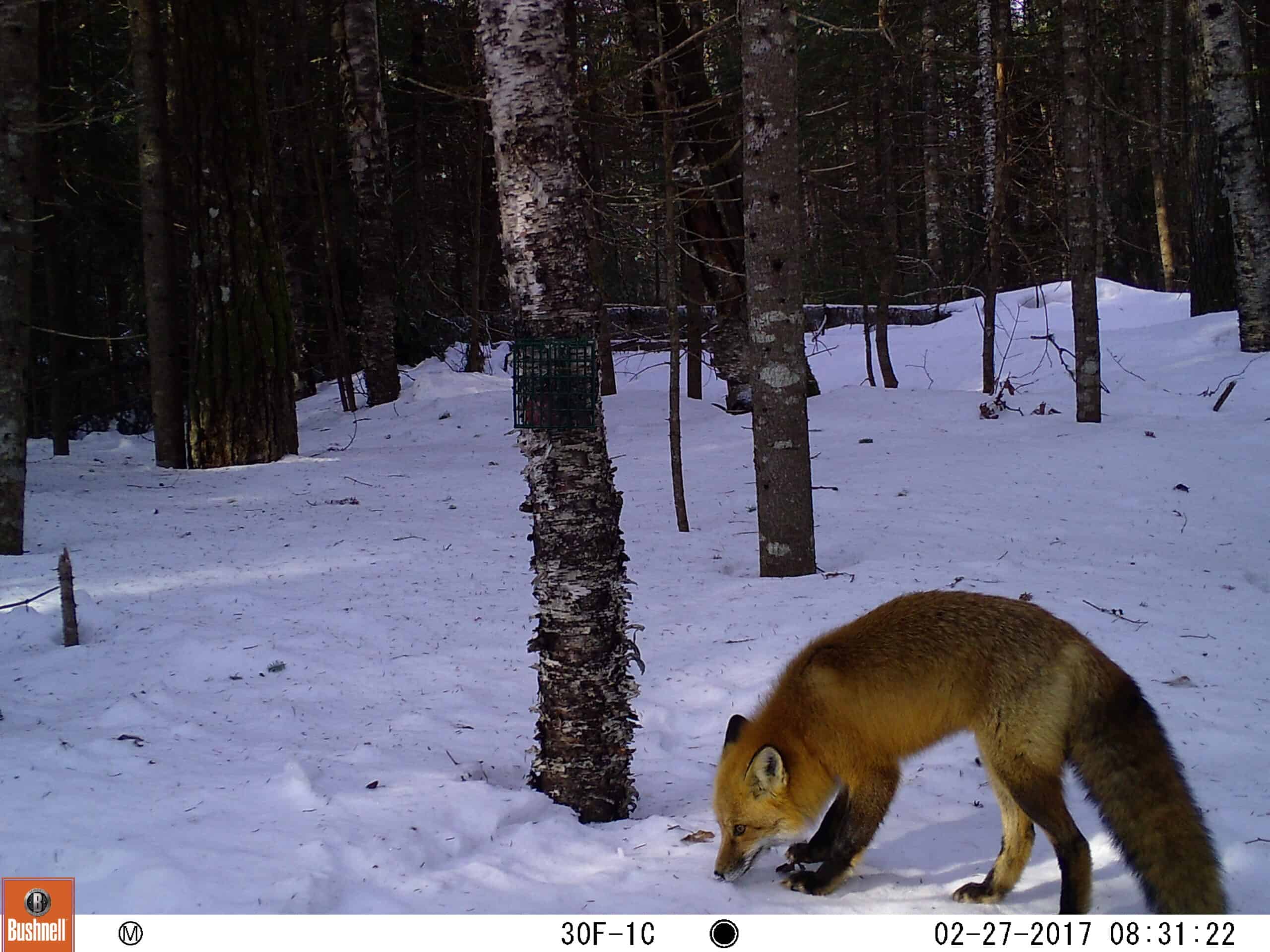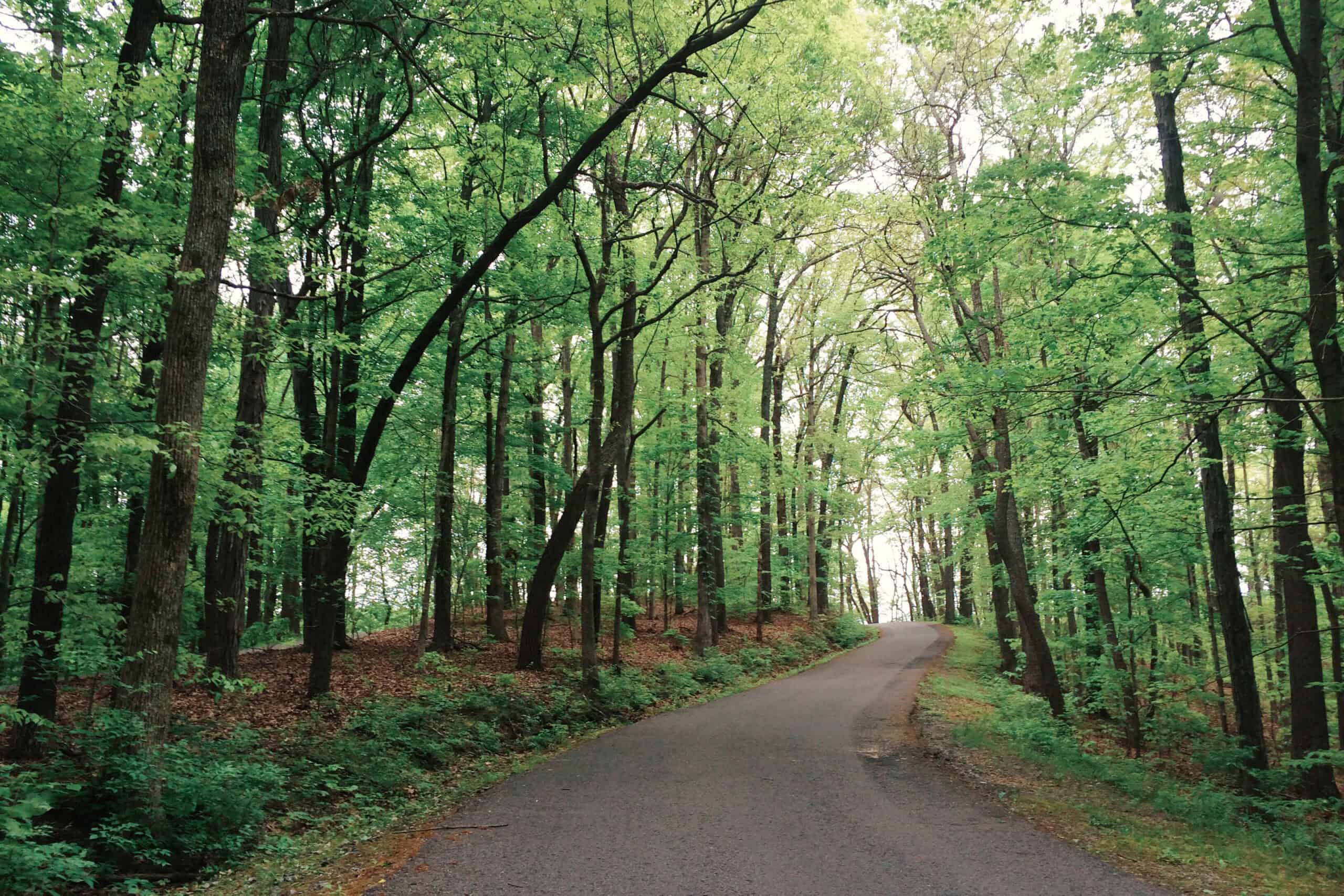Share this article
Wild animals and wild lands: Inextricably entwined?
The concept of “wilderness” is deeply entwined with the animals that live there. Now, a paper in the Journal of Forestry has proposed ways for future research to tease that relationship apart, offering guidance for managers who must balance conflicting goals. To demonstrate their ideas, the authors re-analyzed their own data about wolverine habitat, revealing how much the species relies on designated wilderness areas. In addition to exploring how wilderness affects wildlife, say the authors, future research should investigate what wildlife does for people’s perceptions of wilderness.
“I think there are a lot of missed opportunities to look at things at broader scales in both parts of that framework,” said Michael Schwartz, director of the National Genomics Center for Wildlife and Fish Conservation at the U.S. Forest Service and lead author of the paper. “It’s important to start to test some of these untested assumptions about the relationship between wilderness and wildlife.”
The paper grew out of a presentation at the National Wilderness Conference, organized by a multi-agency coalition called the National Wilderness Planning Team, which met in 2014 to celebrate the 50th anniversary of the Wilderness Act. With the 1964 Act, the United States pledged to protect lands “untrammeled by man, where man himself is a visitor who does not remain.”
But carrying out this duty has proven complicated, the authors note. For instance, should managers build structures to catch rainwater for threatened bighorn sheep, or should they leave the landscape unaltered? Should they track grizzly bears with GPS collars, or should they leave the bears undisturbed? Principles of wildlife conservation and naturalness often tug in different directions, and it’s hard to know how animals fare in lands that are truly untouched.
Wilderness for Wildlife
Researchers rarely study animals inside of designated wilderness areas, both because wilderness is remote and challenging to work in, and because research activities can make the area seem less natural, says Schwartz. Even researchers who do study wildlife-wilderness relationships typically focus on single areas, not whole wilderness networks. And people tend to assume that as long as a species is in wilderness, it must be doing fine.
“We always assume that wilderness is going to be the panacea for wildlife. But that’s untested,” said Schwartz. “Species are being impacted by forces larger than a wilderness area itself.”
Some researchers may already have useful data in hand, ready to be re-analyzed. Years ago, Schwartz and his colleagues mapped out suitable wolverine habitat across the contiguous U.S. In the new paper, they report that 28 percent of this habitat is in federally designated wilderness. As the climate warms, wilderness will grow even more important for wolverines. In fact, by 2085, 45 percent of their remaining habitat is expected to be in wilderness.
“To recognize that over a quarter of wolverine habitat is in wilderness areas is pretty amazing,” said Schwartz. “I’d like to see more people ask the question, ‘how does a whole network of wilderness areas impact a species, a guild, a group of species or even trophic interactions among species?’”
Wildlife for Wilderness
Managers also need to understand the needs of the people who use wilderness for recreation and solitude. By surveying the public, researchers have learned that people view wildlife as a core element of wilderness. But to help with practical decisions, argues Schwartz, surveys should get more specific. For example, researchers could ask how much people care about seeing animals or tracks with their own eyes.
“Is it enough just knowing that if I go into the Bob Marshall Wilderness, I may see a lynx?” said Schwartz. “Or is it the experience of seeing the species itself?”
Together, research into the social and biological facets of wilderness could give managers what they need to make decisions on the ground, says Schwartz. By the time the Wilderness Act has its hundred-year anniversary in 2064, wildlife professionals may be better poised to balance between helping nature along, and leaving well enough alone.
Header Image:
A sign marks the entrance to the Gila Wilderness in 1960. The region was the world’s first designated wilderness area, and it gained new protections when Congress passed the Wilderness Act in 1963.
©U.S. Forest Service via Wikimedia Commons








